Vegan Chickpea Chili and Rice offers a delicious and nutritious meal option that satisfies both taste and health. Packed with protein and fiber, it provides essential nutrients while being entirely plant-based. This dish is not only easy to prepare but also versatile, making it perfect for various dietary preferences and occasions.
The combination of hearty chickpeas and fragrant spices results in a satisfying chili that pairs beautifully with fluffy rice. By utilizing simple cooking techniques and key ingredients, anyone can create a comforting bowl of this dish at home.
With options for ingredient substitutions and serving variations, this recipe encourages creativity in the kitchen while promoting sustainable cooking practices.
Key Takeaways
- Chickpea chili is rich in protein and fiber.
- The recipe allows for diverse ingredient substitutions.
- It promotes sustainable cooking practices.
Nutritional Benefits of Vegan Chickpea Chili and Rice
Vegan Chickpea Chili and Rice is a nutrient-dense meal that offers several health advantages. It combines the protein-packed benefits of chickpeas with the fiber-rich properties of brown rice and various vegetables.
Key Nutritional Components:
Protein: Chickpeas are a great plant-based protein source, essential for muscle repair and growth. One cup of cooked chickpeas provides approximately 15 grams of protein.
Fiber: This dish is high in dietary fiber. One serving can contribute to daily fiber needs, aiding in digestion and promoting a feeling of fullness.
Vitamins and Minerals: The vegetables included, such as bell peppers, tomatoes, and onions, provide vitamins A, C, and K. These nutrients support immune function and overall health.
Low in Saturated Fat: Being plant-based, the chili contains little to no saturated fat. This helps maintain healthy cholesterol levels.
Antioxidants: Ingredients like tomatoes and spices (cumin, chili powder) are rich in antioxidants, which fight free radicals and may reduce inflammation.
Versatile Macronutrient Balance: The combination of chickpeas and rice offers a balanced ratio of carbohydrates, protein, and healthy fats, driving sustained energy.
Incorporating Vegan Chickpea Chili and Rice into a diet supports varied and balanced nutrition, contributing positively to overall health.
Key Ingredients Overview
The ingredients in vegan chickpea chili and rice are essential for creating a balanced, flavorful dish. Each component contributes to the overall texture and taste, providing not just nourishment but also a satisfying culinary experience.
Chickpeas Essence
Chickpeas are the backbone of this chili. Rich in protein, they offer a substantial meat alternative for vegans. Their nutty flavor works harmoniously with the other ingredients.
Chickpeas also provide fiber, aiding digestion and promoting a feeling of fullness. They can be used canned for convenience or dried, offering versatility.
When cooked correctly, chickpeas have a creamy texture that enhances the overall richness of the chili. Their ability to absorb flavors makes them ideal for this dish, ensuring that each bite is delicious.
Tomatoes and Their Role
Tomatoes are a key player in the flavor profile of vegan chickpea chili. They provide acidity and a hint of sweetness, balancing the richness of the chickpeas.
Canned tomatoes, such as diced, crushed, or pureed varieties, are commonly used for convenience. Fresh tomatoes can also be incorporated for a vibrant, fresh taste.
The natural juices released during cooking create a hearty base, enriching the chili’s texture. Their vibrant color also adds visual appeal, making the dish more enticing.
The Importance of Spice Blends
The right spice blend elevates vegan chickpea chili. Ingredients like cumin, chili powder, and paprika contribute warmth and depth, enhancing the overall flavor.
Cumin adds an earthy undertone, while chili powder introduces a moderate heat. Paprika provides a sweet smokiness that rounds out the taste profile.
Customizing spice levels allows for personal preferences. Fresh herbs such as cilantro or parsley can also be included for added freshness and complexity.
Rice Varieties and Benefits
Rice serves as a perfect pairing with chickpea chili, providing a comforting base. Varieties like brown rice or jasmine rice complement the dish nicely.
Brown rice offers a nutty flavor and higher fiber content, promoting satiety. Jasmine rice, with its fragrant aroma, adds a delicate sweetness that balances the chili’s spices.
Cooking rice properly ensures it remains fluffy, enhancing the textural contrast with the chili. Both types can absorb flavors well, making each bite cohesive and flavorful.
Cooking Techniques for Chili and Rice
Successful preparation of vegan chickpea chili and rice relies on effective cooking techniques. Mastering these methods enhances flavors and ensures a satisfying meal.
Sautéing Aromatics
Sautéing aromatics is essential for building a robust flavor base. Begin by heating a tablespoon of oil in a pot over medium heat. Add finely chopped onions, garlic, and bell peppers, stirring frequently. They should cook until they become soft and translucent, typically around 5-7 minutes.
Incorporating spices at this stage is crucial. Commonly used spices include cumin, chili powder, and smoked paprika. Toasting these spices for a minute releases their essential oils, amplifying their flavors. This technique sets the foundation for the chili’s overall taste.
Simmering and Flavor Development
Simmering is key to allowing flavors to meld together. Once the sautéed aromatics and spices are combined, add canned tomatoes, vegetable broth, and chickpeas. Bring the mixture to a boil, then reduce the heat to a gentle simmer.
Simmering should last for at least 20-30 minutes. This timeframe allows the ingredients to soften and flavors to develop. Adding fresh herbs, like cilantro or parsley, during the last few minutes of cooking can enhance the dish’s freshness. Taste and adjust seasoning before serving.
Rice Cooking Fundamentals
Cooking rice correctly is vital for the dish’s overall texture. Rinse the rice under cold water to remove excess starch, which helps prevent stickiness. Use a ratio of 1 part rice to 2 parts water for most types of rice.
Bring the water to a boil, then add the rinsed rice and a pinch of salt. Cover the pot and reduce the heat to low. Cook for about 18-20 minutes without lifting the lid. Once cooked, let the rice sit covered for an additional 5-10 minutes to steam. Fluff the rice with a fork before serving, ensuring it remains light and airy.
Recipe Development and Variations
Vegan Chickpea Chili and Rice provides a versatile base for different interpretations. The following explores traditional recipes as well as modern variations that enhance flavor profiles and texture.
Traditional Vegan Chili Recipe
A classic vegan chili typically incorporates several staple ingredients. Key components include:
- Chickpeas: The primary protein source, offering a creamy texture.
- Beans: Commonly black or kidney beans for added protein and fiber.
- Vegetables: Onions, bell peppers, and tomatoes create a robust base.
- Spices: Chili powder, cumin, and garlic provide essential flavor.
To prepare, sauté onions and garlic until translucent. Add bell peppers and cook for a few minutes. Incorporate chickpeas, beans, canned tomatoes, and spices, letting everything simmer. This method allows flavors to meld, yielding a hearty meal that can be served over rice or quinoa.
Contemporary Twists and Flavor Combinations
Modern variations introduce unique elements to elevate this dish. Creative options include:
- Smoky Flavor: Adding smoked paprika or chipotle peppers enhances depth.
- Sweetness: Ingredients like corn or a splash of maple syrup balance the heat.
- Herbs: Fresh cilantro or basil can brighten the dish.
Alternative cooking methods, such as using a slow cooker, can yield a different texture. One popular trend is to serve the chili with avocado or a dollop of vegan yogurt for creaminess. Experimenting with toppings, such as crushed tortilla chips or radishes, offers delightful crunch and visual appeal.
Serving Suggestions and Pairings
Vegan chickpea chili and rice makes for a versatile dish that can be enjoyed in various ways. Here are some serving suggestions:
- Toppings: Enhance flavor by adding avocado slices, fresh cilantro, or sour cashew cream.
- Sides: Serve with cornbread, crusty bread, or tortilla chips for added texture.
For a complete meal, consider pairing it with:
| Side Dish | Description |
|---|---|
| Green Salad | A light salad with lemon vinaigrette balances the chili’s richness. |
| Guacamole | Creamy guacamole complements the spices in the chili. |
| Steamed Vegetables | Offer a neutral side like steamed broccoli or green beans. |
For beverages, options include:
- Lemonade: A refreshing choice that enhances the dish’s flavors.
- Iced Tea: Unsweetened or lightly sweetened iced tea pairs well with the meal.
This chili also works well as a filling for:
- Wraps: Use large lettuce leaves or tortillas to create burritos.
- Stuffed Peppers: Fill halved bell peppers for a colorful presentation.
By incorporating these suggestions, the dish can be customized to fit individual tastes and occasions.
Storage and Reheating Tips
To store Vegan Chickpea Chili and Rice, allow it to cool to room temperature. Transfer portions into airtight containers. It can be refrigerated for up to 4 days.
For longer storage, it’s best to freeze the chili. Use freezer-safe containers or resealable bags. Label containers with the date for reference. It can last in the freezer for up to 3 months.
Reheating Instructions
- Thawing: If frozen, thaw in the refrigerator overnight before reheating.
- Stovetop: Heat on medium in a saucepan. Stir occasionally until warmed through.
- Microwave: Place in a microwave-safe bowl. Heat in 1-minute intervals, stirring in between, until hot.
Tips for Best Results
- Add a splash of water or vegetable broth while reheating to maintain moisture.
- Top with fresh herbs or a squeeze of lime for extra flavor before serving.
Sustainable Cooking and Ingredient Sourcing
Sustainable cooking focuses on minimizing environmental impact while making nutritious meals. When preparing vegan chickpea chili and rice, sourcing ingredients responsibly is crucial.
Benefits of Using Local Ingredients
- Freshness: Local produce is often fresher, leading to better flavor.
- Reduced Carbon Footprint: Less transportation means lower greenhouse gas emissions.
- Support for Local Economies: Buying from local farmers helps sustain the community.
Key Ingredients for Vegan Chickpea Chili
- Chickpeas: Choose dried chickpeas for lower environmental impact. Canned options may have added preservatives.
- Vegetables: Opt for seasonal vegetables to ensure sustainability.
- Spices: Purchase in bulk to reduce packaging waste.
Tips for Sustainable Sourcing
- Farmers’ Markets: Visiting local markets can yield organic and chemical-free options.
- Community Supported Agriculture (CSA): Joining a CSA provides access to seasonal produce while supporting local agriculture.
- Ethical Brands: When buying packaged ingredients, select brands committed to sustainable practices.
By prioritizing sustainable cooking and ingredient sourcing, preparing vegan chickpea chili and rice becomes not just a meal, but a positive contribution to environmental stewardship.
Scaling the Recipe for Small or Large Gatherings
When scaling the Vegan Chickpea Chili and Rice recipe, consider the number of servings needed. This dish is versatile and easily adjustable.
Basic Serving Sizes
- Small Gathering (4-6 people): Use 1 cup of dried chickpeas and 1 cup of rice.
- Medium Gathering (8-12 people): Use 2 cups of chickpeas and 2 cups of rice.
- Large Gathering (15-20 people): Use 3 cups of chickpeas and 3 cups of rice.
Adjusting Ingredients
Spices and Vegetables: Increase spices and vegetables proportionately. For example:
- For small: 1 tablespoon chili powder.
- For medium: 2 tablespoons chili powder.
- For large: 3 tablespoons chili powder.
Liquid Amount: The cooking liquid should also be adjusted. Here’s a simple guideline:
- Small Gathering: 3 cups of vegetable broth.
- Medium Gathering: 6 cups of vegetable broth.
- Large Gathering: 9 cups of vegetable broth.
Cooking Time
Cooking times may slightly vary based on batch size. A larger volume may require a longer simmer to ensure all ingredients are well-cooked and flavors blend properly.
By following these guidelines, any gathering can be catered to efficiently while maintaining the dish’s integrity and flavor.
Frequently Asked Questions
This section addresses common queries related to preparing vegan chickpea chili and rice, offering insights on ingredients, adaptations for cooking methods, and tips for achieving the best flavor and texture.
What ingredients are needed for a healthy vegan chickpea chili and rice recipe?
Key ingredients include canned chickpeas, diced tomatoes, bell peppers, onions, garlic, vegetable broth, and a variety of vegetables. Spices such as cumin, chili powder, and paprika add depth to the dish. Brown rice or quinoa serves as a nutritious base.
How can I adapt a chickpea chili recipe for a slow cooker?
To adapt the recipe for a slow cooker, combine all ingredients in the slow cooker. Set it on low for 6-8 hours or high for 3-4 hours. It’s best to add the rice towards the end of the cooking time to prevent overcooking.
What are the best spices to use in a vegan chickpea chili for robust flavor?
Cumin, smoked paprika, chili powder, and oregano are excellent choices for enhancing flavor. A pinch of cayenne pepper can also add heat. Fresh herbs like cilantro or parsley can be added just before serving for a fresh touch.
How do I ensure the rice is perfectly cooked when making vegan chickpea chili and rice?
To achieve perfectly cooked rice, rinse it under cold water before cooking to remove excess starch. Use a ratio of 1 part rice to 2 parts water, and let it simmer until tender. Allow it to rest off the heat for a few minutes after cooking.
Can I substitute kidney beans for chickpeas in a vegan chili recipe?
Yes, kidney beans can be used as a substitute for chickpeas. Both beans provide protein and texture, but kidney beans will alter the flavor profile slightly. Adjust cooking times accordingly since kidney beans may take longer to soften.
Is there a simplified version of vegan chickpea chili that is easy and quick to make?
A simplified version can be made using canned chickpeas, pre-cut vegetables, and store-bought spice mixes. Combine all ingredients in a pot and simmer for 20-30 minutes. This approach reduces preparation time while still delivering a satisfying dish.
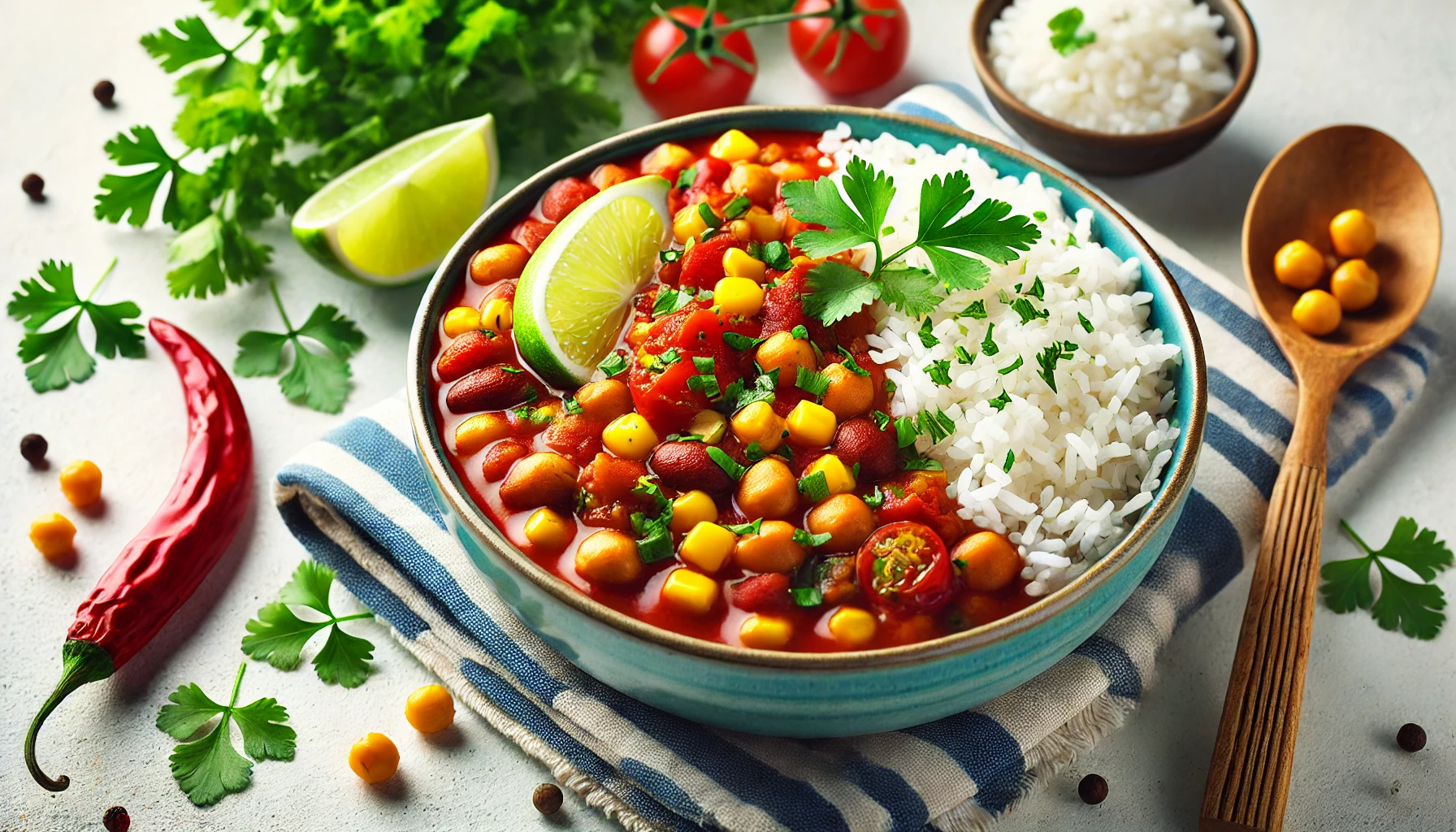
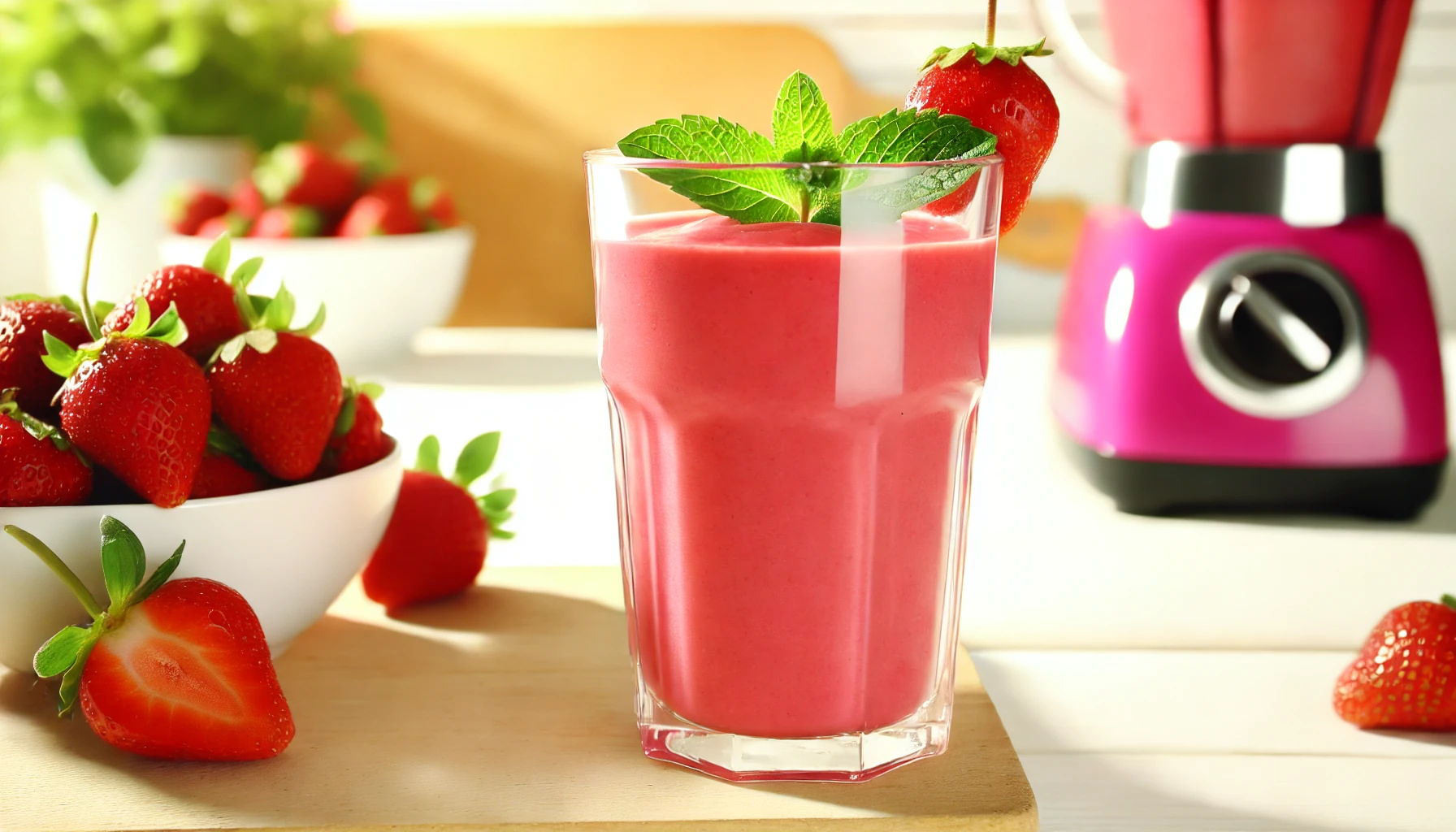


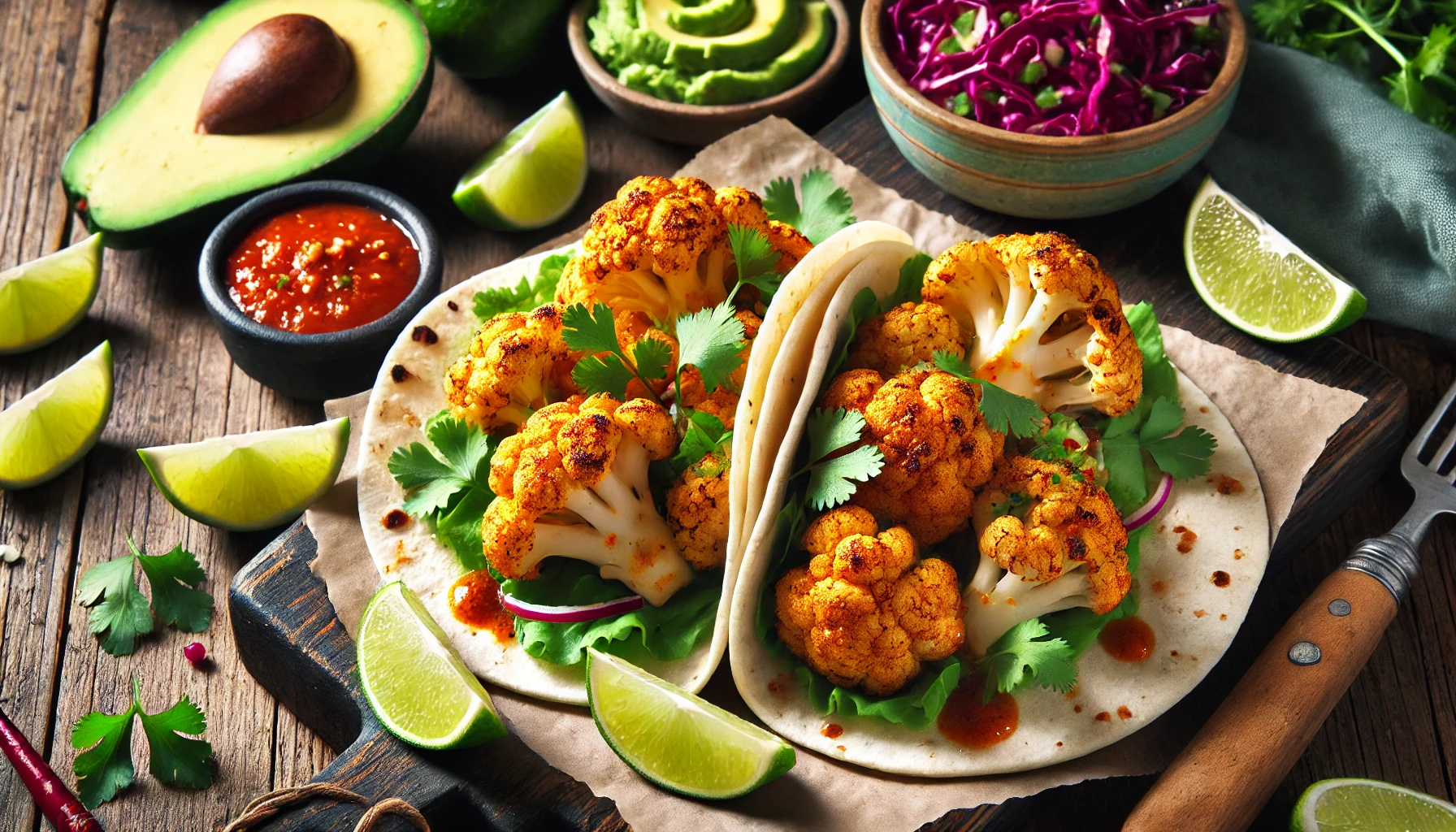
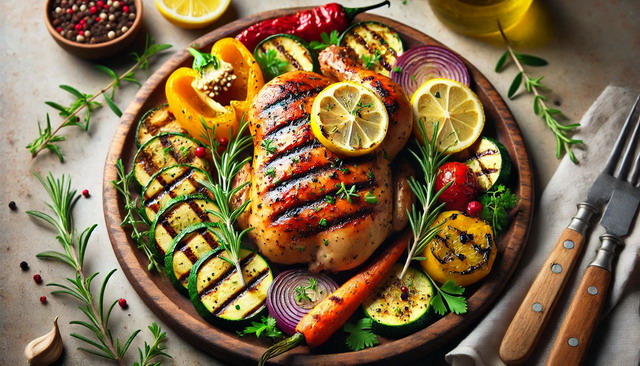
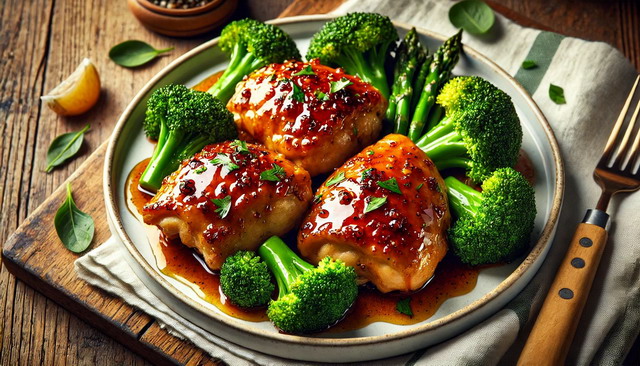

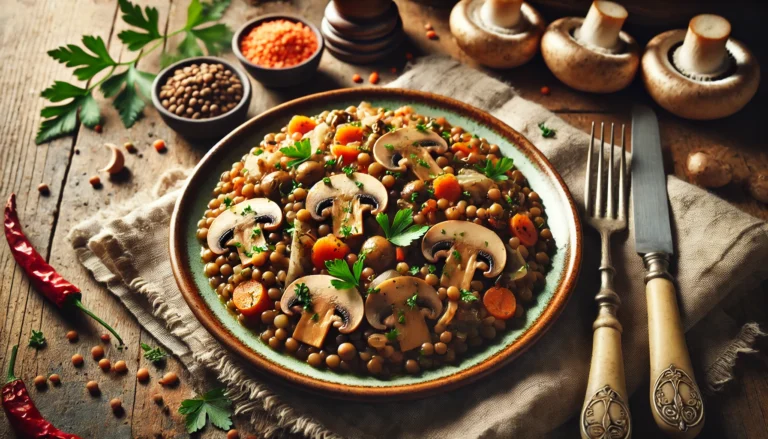
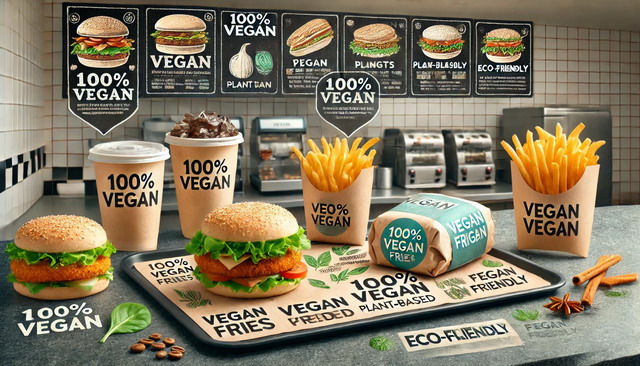
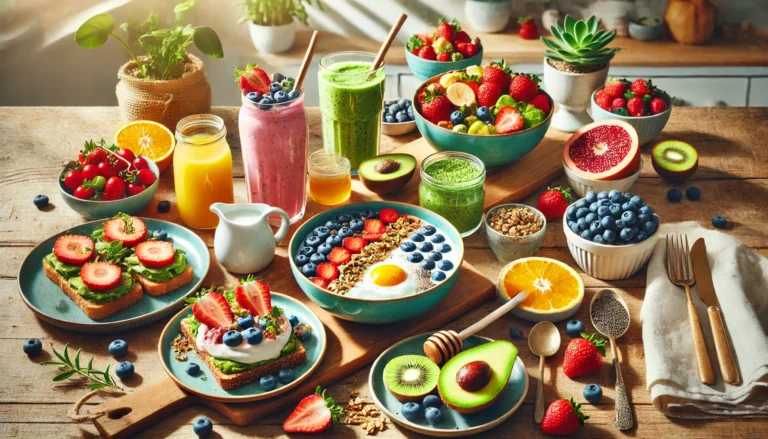
YUM! This is so delicious and easy to make, and I will absolutely make it again.
Thank you! This is a response from the author.
This is my favorite chili recipe!
Thank you Savannah!